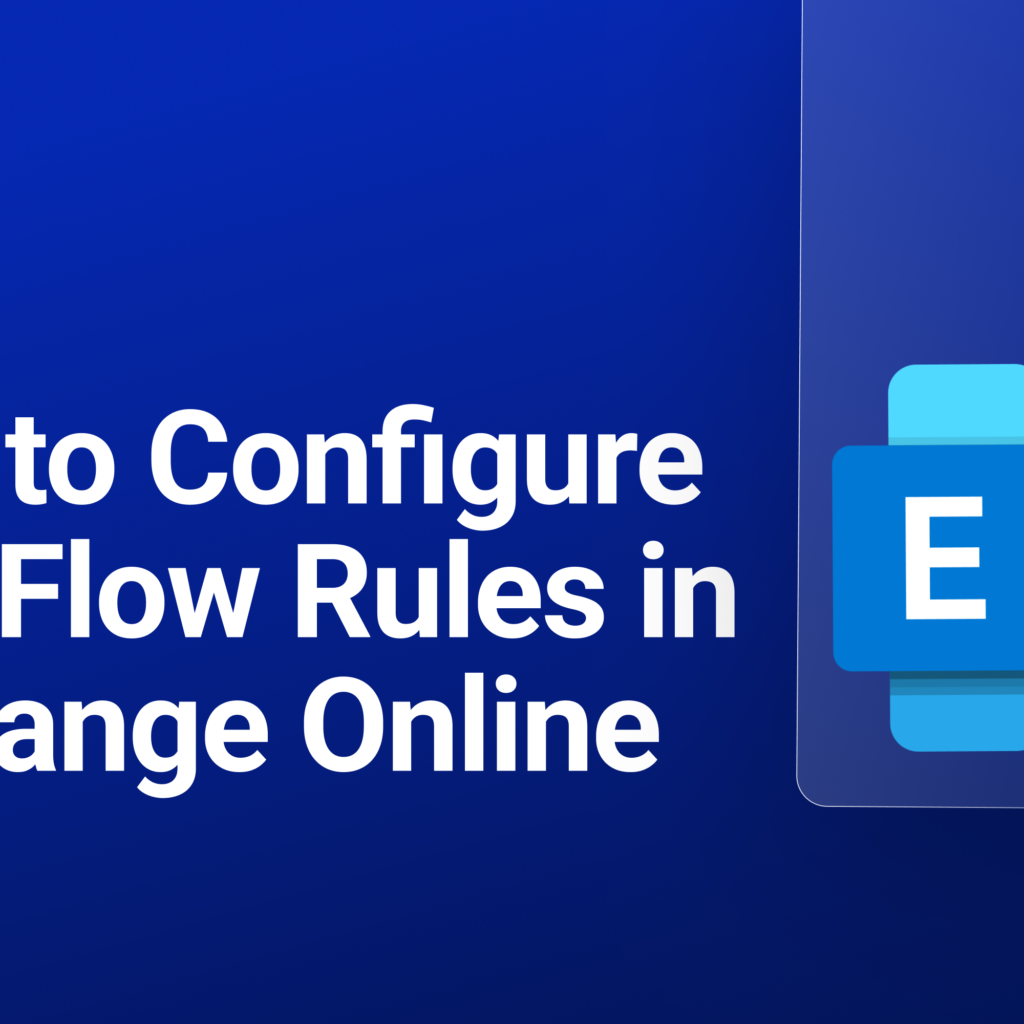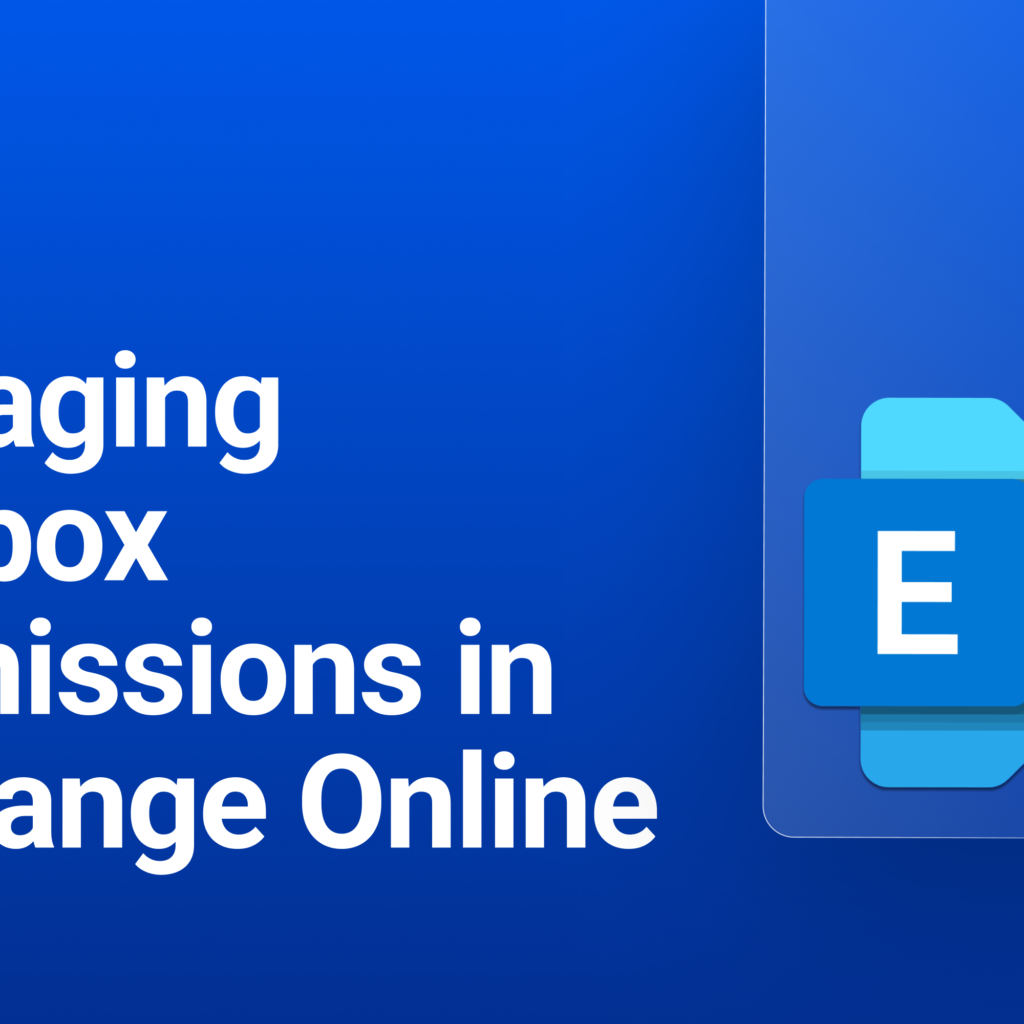Teams CoPilot in Microsoft Teams
Microsoft is passionately improving on their products to further enhance productivity. Teams has been around for some time with so many advantages. However, there are some disadvantages that come alongside which could mar the entire experience and discourage users. These disadvantages are not far from numerous redundant tasks and notifications. This can be overwhelming for […]
How to Fix Microsoft Outlook Issues

Common Microsoft Outlook issues can be resolved with known solutions. The article highlights common issues with detailed solutions to fix the problems. Common Microsoft Outlook Issues 1. Search Button Malfunctions The search bar and button can return incomplete information or sometimes no result during a search. This error occurs due to: • Corrupted search index […]
How to fix Microsoft Outlook Crashes

Microsoft Outlook can encounter some problems and impact functionality. However, there is always a solution to these situations. The solutions always come in handy as they help you stay afloat in the situation without losing much time and wasting resources. This article presents common Microsoft Outlook crashes and how you can fix them. Common Outlook […]
How to Configure Mail Flow Rules in Exchange Online

Mail Flow Rules also called transport rules recognize and respond to messages passing through Exchange Online. Similar to the Inbox rules found in Outlook and Outlook on the web, mail flow rules are also available in Outlook. One key distinction is that, unlike mailbox-based rules, mail flow rules intervene with messages while they are in […]
How to manage Mailbox Permissions in Exchange Online

The Exchange Mailbox plays a crucial role in facilitating communication within an organization. It is managed by the Microsoft Exchange server. It serves as a central hub for employees to send, receive, and organize emails. This article will cover aspects of Microsoft Exchange, the mailboxes and managing permissions of mailboxes in Exchange Online. Key Aspects […]